|
At The Open Plan we're worried about the environment, very worried and we want to tread more lightly on this planet. So, rather than jack it all in to go live off-grid we've been looking into what we can do to be more environmentally friendly, whilst still creating practical and good looking homes. Here's our brief guide to some new materials that are finding their way into the mainstream of home interior design. Tencel/Lyocell
Sounds pretty artificial, but this silky, eco warrior is actually made from wood. The wood comes from sustainable sources and is fabricated to become a breathable and biodegradable fabric which was pioneered in Grimsby. Flooring made from Tencel has a lovely sheen and a silk/velvet feel without animal cruelty or emitting harmful plastic gasses. Check labels on items such as carpets, rugs, mattresses and bedding for guilt-free comfort. Bamboo Taking only 8-10 weeks to become fully grown from shoot, absorbing up to 62 tons of carbon a year and producing 35% more oxygen than trees, this humble material is becoming more prevalent in the UK. It's perfect as cheaper, cruelty free alternative to silk and on the flipped, a gorgeous hard flooring too. As with all of the materials listed here it's biodegradable too meaning that at the end of it's life you can happily place it into landfill knowing that it will return naturally to the earth unlike the trillions of metres of plastic laminate flooring that now exists on the planet. Hemp Want some curtains with a beautifully natural patina and a heavy Hygge look? Then try Hemp. Approved by Jeremy Corbyn's son who's recently opened a Hemp only shop in north London, it's also affordable, soft and hard wearing. Unlike cotton, hemp needs little or no insecticides, no herbicides and produces a better quality fibre when grown organically while creating three times as much fibre, making it more environmentally friendly. Derived from fast growing Cannabis plants, this wonder plant seems to be able to do anything. Other Materials to consider Recycled Plastic - Soft or hard and spotted recently in rugs, bedding and worktops Flax/Linen - A traditional and classic soft fabric for bedding, cushions and window dressing Organic Fair-trade Cotton - Get it curtains, cushions, and duvet sets Wool - Classically used for upholstery, carpets and curtains, a huggable, hypoallergenic and natural material Sisal, Rush, Coir and Jute - Hard wearing, with tactile textures and Hygge inducing, naturally calm colours Stone - If it has to be stone; sourced locally in Western Europe (most stone comes all the way from China nowadays), you can future-proof a beautiful bathroom, kitchen or hallway. Alternatively go one-step better and opt for reclaimed stone Glass - Always choose this over petrochemical (AKA plastic) materials such as resin and perspex for tables and home accessories Metal - For items that will last many lifetimes and can then be melted down to be used again in another form. For an even smaller environmental impact go for vintage.
0 Comments
Feel the pressure of everyday life? Can't afford the time or money for a Tropical Holiday? Then how about you making your home a more tranquil space to relax and even be Mindful in? At The Open Plan we've been researching the mindful movement, along with Minimalism and Marie Kondo's slightly strange views on tidying, so here are the key points we've gleaned from these experts when it comes to designing your calm space. Minimalism - Yes, we believe that "Less is more" and that Yes, we could all do with a little minimalism in our lives. Basically the less clutter you have the more attractive and easy to maintain your home will become. Coupled with over-consumption destroying The Environment and the acquisition of and any subsequent loss of an inanimate objects stressing us out, it's time that we re-evaluate how much stuff we have in our lives and how to place, store and look after it.
When it comes to interiors, the most beautiful are always incredibly tidy allowing each piece of furniture and decor to shine which in turn gifts the space with, well, more space. Clear floors, styled coffee tables and empty worktops always look less cluttered, more organised and well, not stressful. Marie Kondo sites mess as visual clutter which overwhelms people causing a cognitive overload which can cause inaction at the thought, not knowing where to start or at the very least an unconscious low-level anxiety. Of course keeping on top of any household takes time and effort but if the end means that you'll be existing in a more calm and tranquil space at the end of each busy day, it's worth the effort. Mindfulness<>Tidying - As the Buddhist Monk Shoukei Matsuoto explains in his book 'A monk's Guide to A Clean House and Mind', tidying and cleaning can be exercises in mindfulness. When your advised to do something to take your mind off things, this is exactly the same principle the monks use, where performing a simple (or mindless) cleaning task can help to distract and calm the mind. Cleaning, like fishing or knitting, whilst still being activities, take little concentration and in that way can be seen as a meditative activity. So if time and or money prevents you from going to a spa you can give your over anxious brain a rest and refresh whilst polishing or ironing. Yes I'd rather go to a spa any day but approaching dull tasks in this frame of mind does help you to get the job done and help you to switch off for a while. Experiences not Stuff - In his book 'Stuffocation, Living More With Less' James Wallman discusses the positive effects on a person who looks to put less worth on objects and more on living. For example a few months off buying clothes for me would certainly pay for a holiday somewhere fun, relaxing or adventurous which would not only benefit my mental state of health but would give me priceless memories and life-experiences that would far outlive the few seconds of adrenalin making a new purchase. So what if we could gear our spaces to bring us more pleasure and space to have fun? We all could do with a quiet space in sound and appearance or opening up a floor space where you and yours can play and stretch out on be it for a spot of Yoga or watching Marie Kondo do the tidying on Netflix. Calm Interiors - So we've stated the obvious that a tidy home is a better home and that we could all do with a space to be more mindful in but how do we go about meaningfully transforming our interior spaces? Here's where you need to start Step 1: De-clutter - YOU DO NOT NEED ALL OF THIS STUFF. What you do need is a good old fashioned spring clean. I find that making it into a personal competition to see how much I can dispose of, recycle and donate helps. I also find that a nightclub policy of one-in-one-out works well too. Got a new pair of trainers, donate the scruffy ones you've stopped wearing. Then recycle all of those old magazines, cables and half used bottles in the bathroom that are gathering dust (more things to bloody clean). This way you'll at least be attempting to keep the clutter in check. Step 2: Storage - Marie Kondo would have you throw it all out if it didn't "Spark Joy" but in the real world it is hard to part with things. Still you must at least attempt to de-clutter if only to spend less time and money storing it all. Next, let's find an under-used space. Have an empty wall? Then install a shelving unit. Place a new cupboard (a vintage one is nice) or baskets in your bathroom, to keep at hand but out of sight, all of those noisy, ugly bottles and tubes. Need a new bed? Make sure it's a storage bed that lifts up to reveal litres of storage space and elevate things off of the floor so that you can clean without adding to the job by lifting piles of tat and furniture. Grouping things together is an easy way to organise, so If you collect anything, be it seashells, books or Japanese teapots, do not scatter these around the home, instead meaningfully display them together which will make for a great focal point and speed up the cleaning too. Step 3: Colour & Texture - We love colour but not in every room, so at least one space should have a humble colour scheme which is proven to be restful and restorative. Very simply you need the walls in a neutral colour, think the colours of the pebbles on a beach. Next, add in a dose of lushness with plants that not only recycle the stale air in your home but connect you to the natural world if even in a small way. However don't go overboard as plants need bloody dusting too. Finish this with a natural materials such as real wood (cladding and furniture), sisal (rugs and runners), clay or terracotta (pots and tiles) and stone (flooring and worktops). Go for white everywhere else. So do yourself a favour: have a clear out, ditch the excess packaging and items you haven't used in years and treat at least one room to a calm makeover. Should you need a little a little more help with Calming your home - Call us! As we'd love to help |
AuthorOne of London's Best Interiors Bloggers (Ideal Home magazine), The Open Plan Interior Design, London produces contemporary interiors for homes and business' and this very useful home interiors blog Archives
July 2023
Categories
All
|

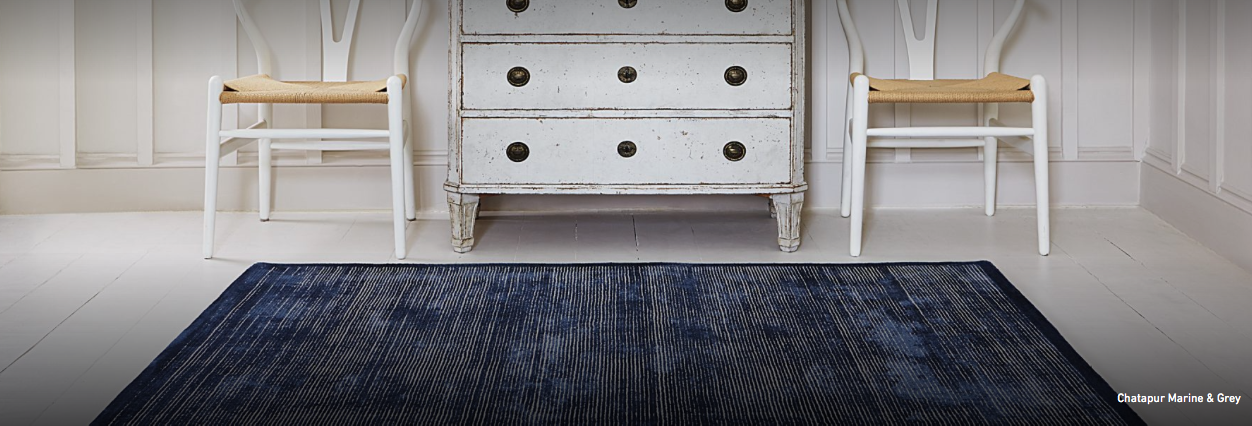
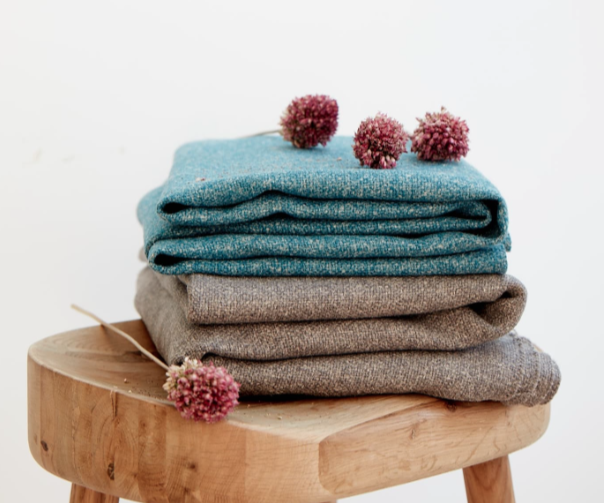
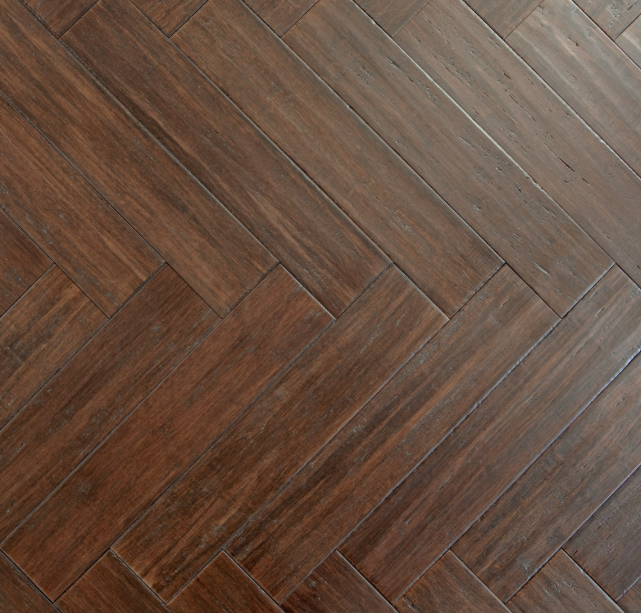
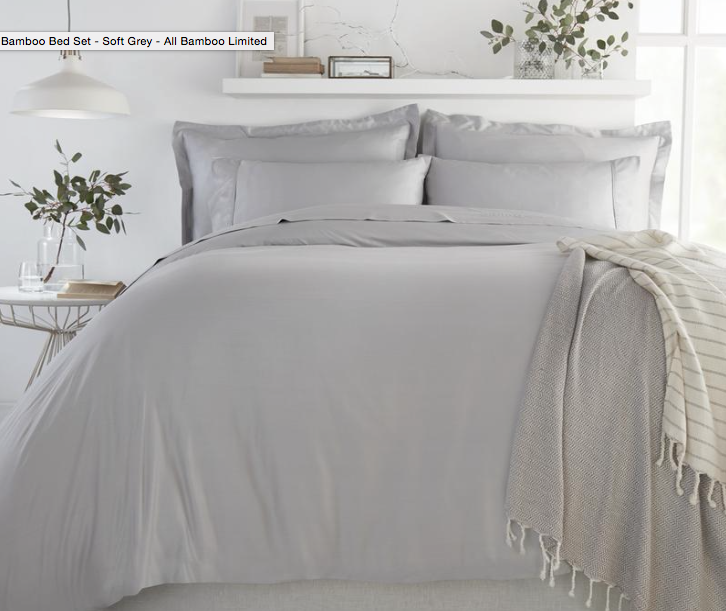
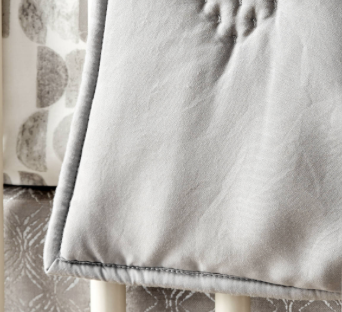
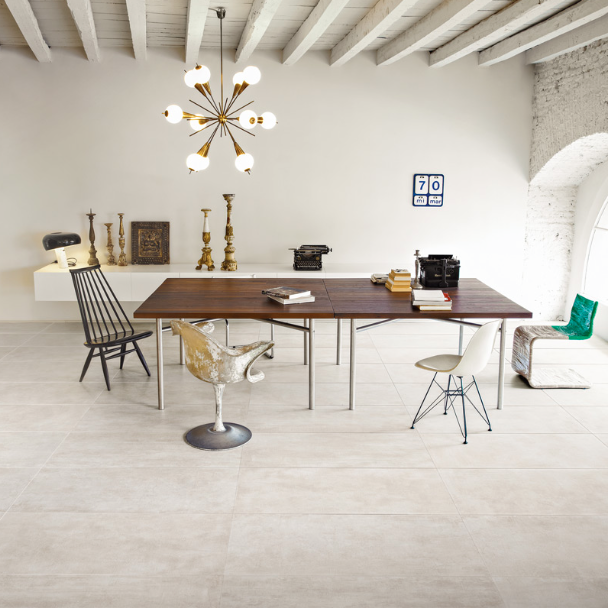
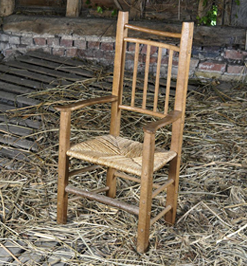
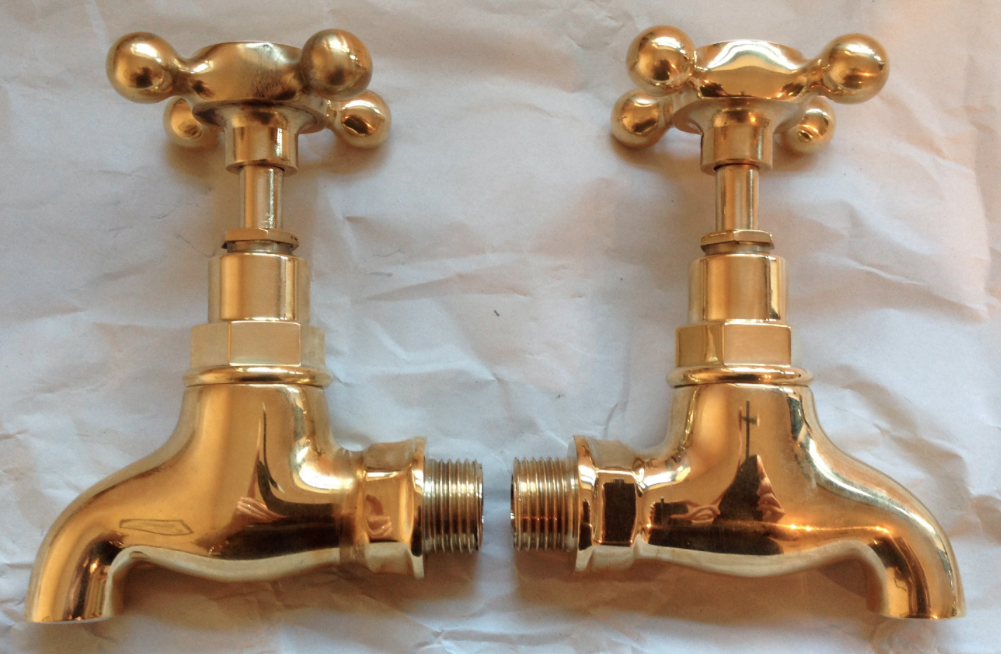
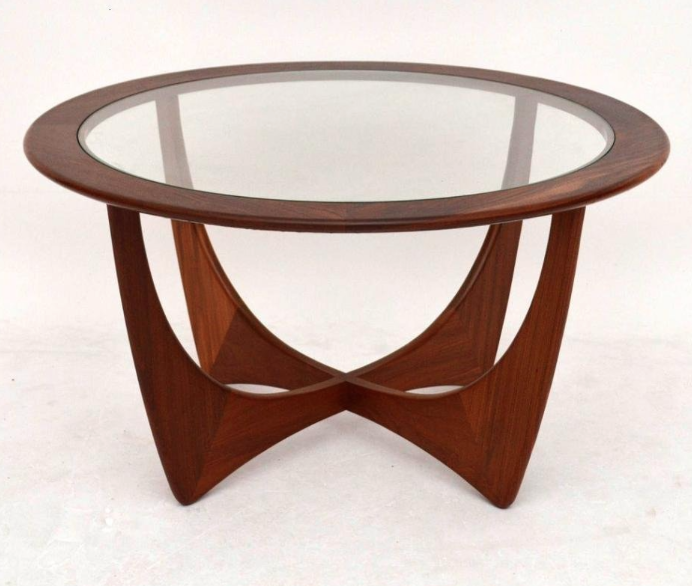
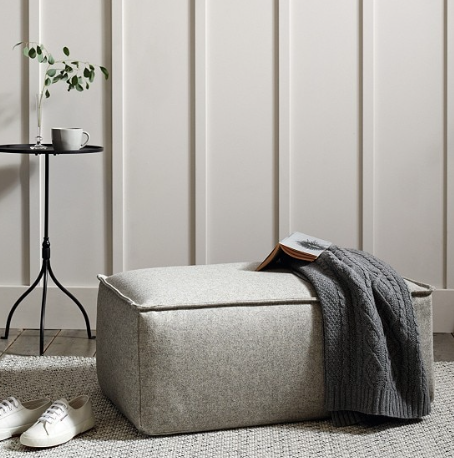
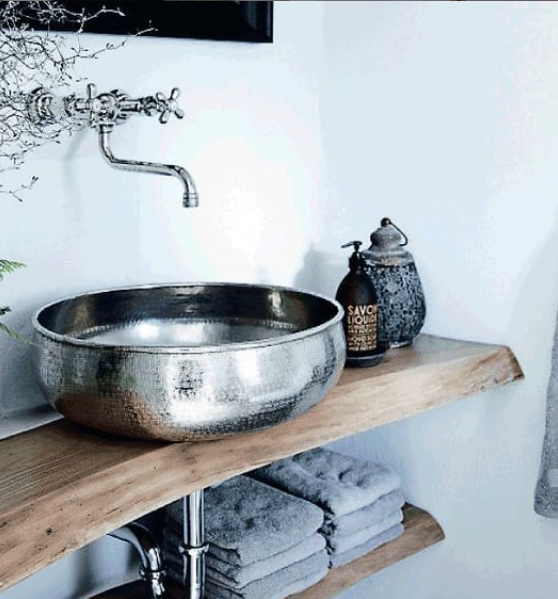
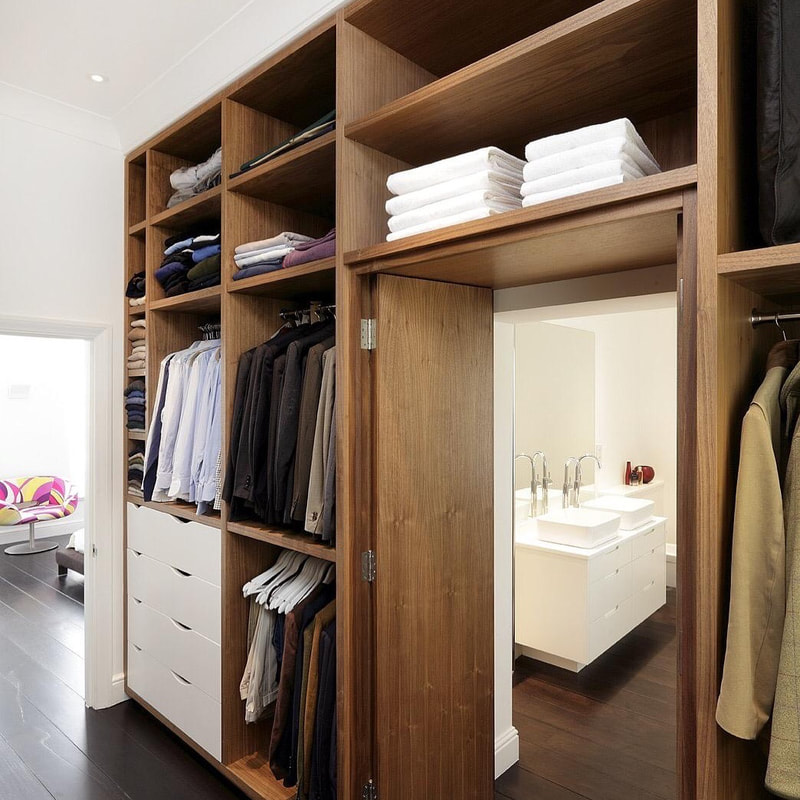
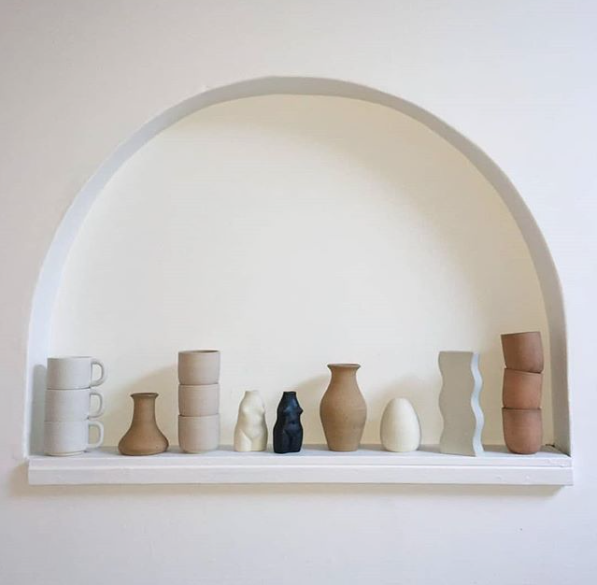
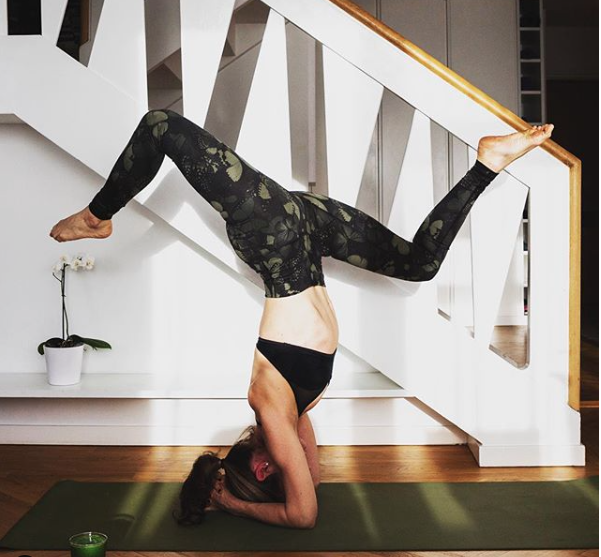
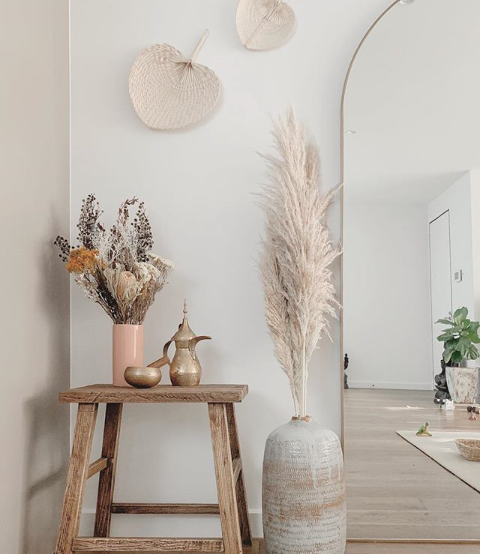
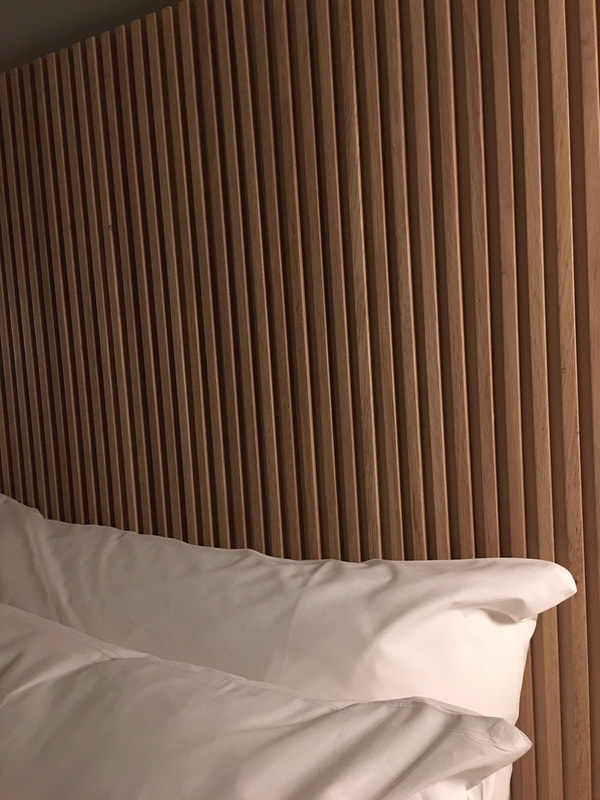
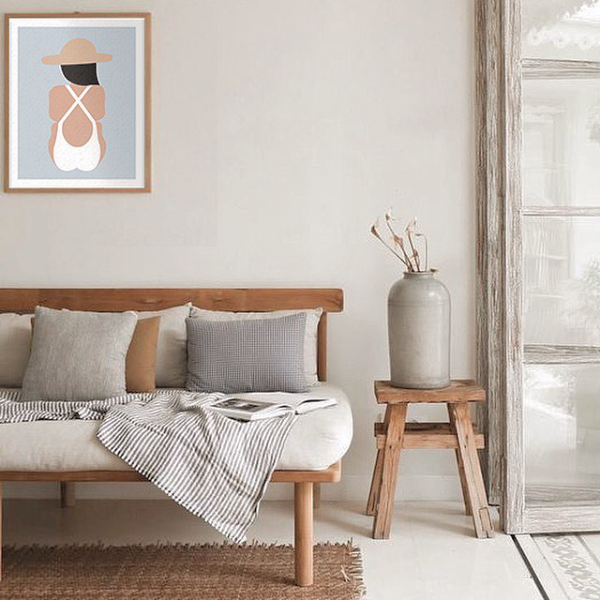
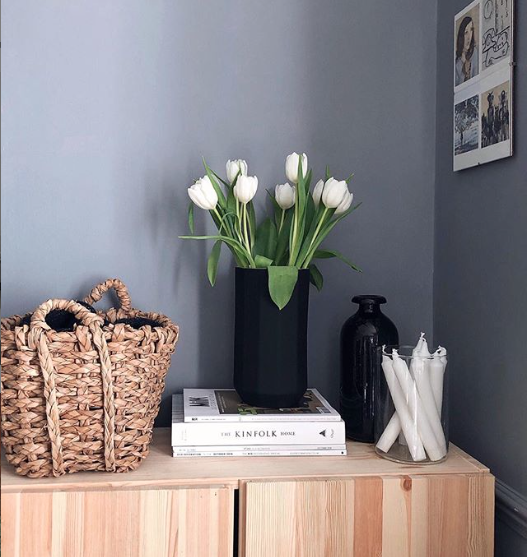
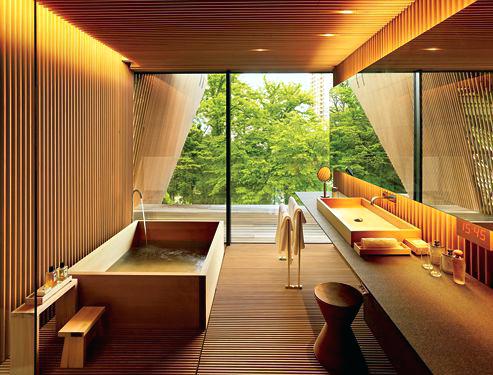
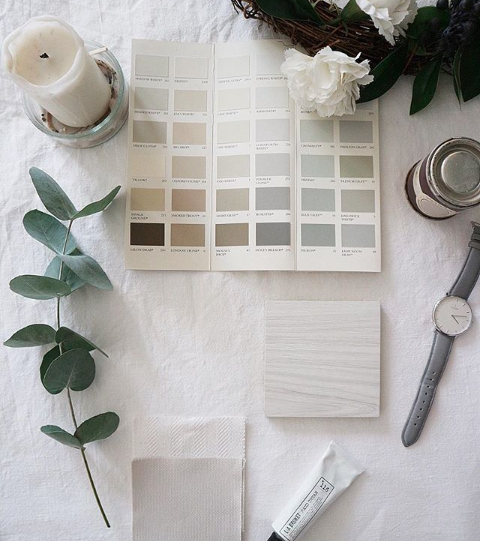
 RSS Feed
RSS Feed